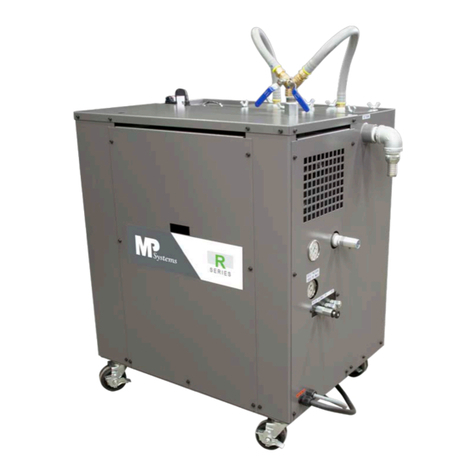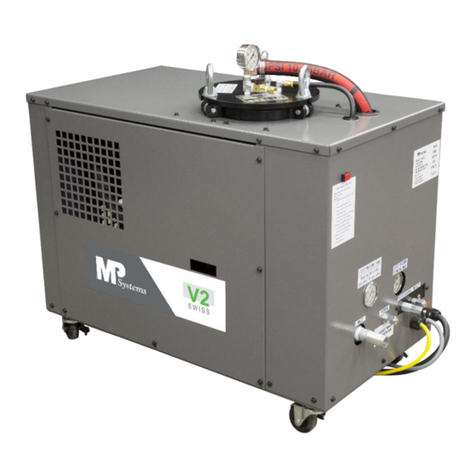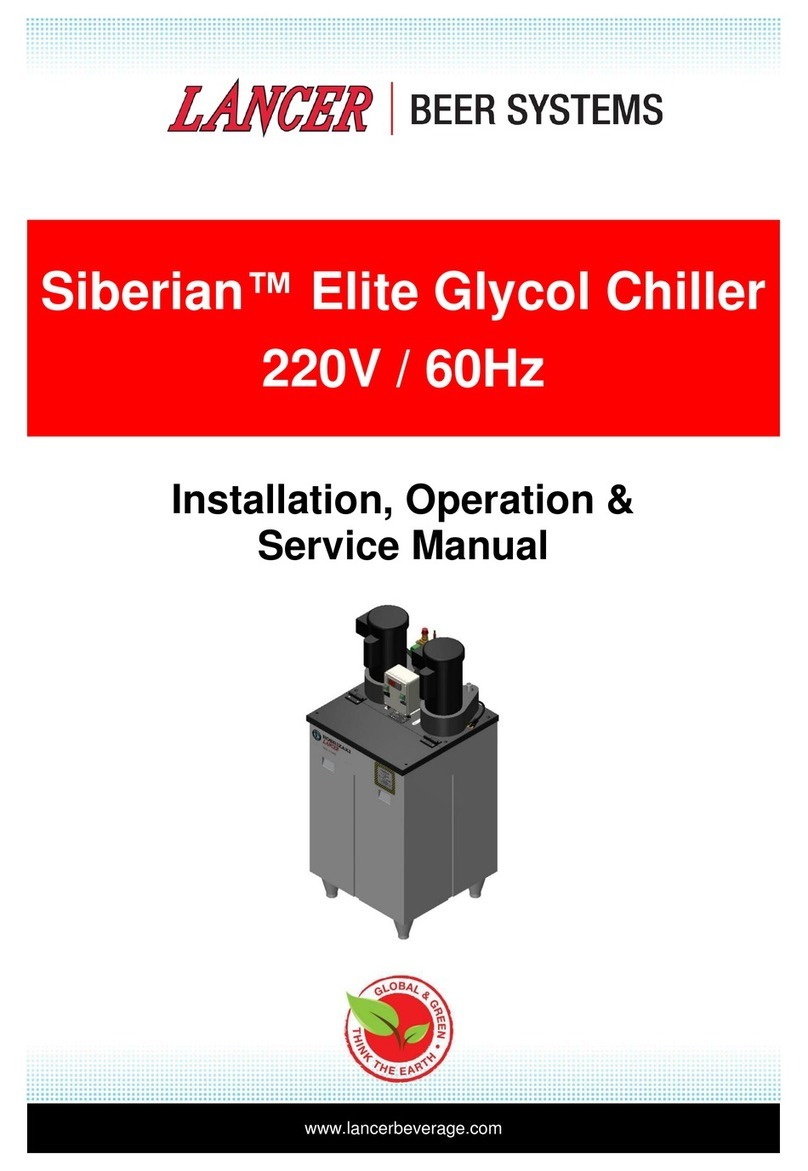(Purge Operator) R04
Table of Contents
1. Introduction....................................................................................................................... 1
1.1. Symbology ................................................................................................................. 2
2. Safety Measures................................................................................................................ 3
2.1. General Rules............................................................................................................. 4
2.2. Prevention of Mechanical Risks ............................................................................... 4
2.3. Prevention of Electrical Risks................................................................................... 4
3. Intended Uses ................................................................................................................... 5
3.1. Why the Purge Works................................................................................................ 5
3.2. Features and Benefits ............................................................................................... 6
3.3 Considerations and Explanations............................................................................. 7
4. Specifications ................................................................................................................... 9
4.1. Electrical Specifications............................................................................................ 9
4.2. Mechanical Specifications ........................................................................................ 9
4.3. Floor Layout..............................................................................................................10
5. Moving & Storage ............................................................................................................11
5.1. Delivery Checks........................................................................................................11
5.2. Transport & Carriage................................................................................................11
5.3. Storage......................................................................................................................11
6. Installation........................................................................................................................12
6.1. Install Kit Components.............................................................................................13
6.2. Recommended Tools for Installations ....................................................................13
6.3. Electrical Installation................................................................................................15
6.3.1. Selecting Voltage...............................................................................................15
6.3.2. Power Harness Installation...............................................................................16
6.3.3. Control Signal Installation (Optional)...............................................................17
6.4. Inlet Installation ........................................................................................................18
6.4.1. Inlet Suction Dip Tube.......................................................................................18
6.5. Return Installation and Hose Routing.....................................................................21
6.5.1. Return Installation .............................................................................................21
6.5.2. Hose Routing .....................................................................................................21
6.6. Filling the Tank .........................................................................................................22
6.6.1. Feed Pump Installation & Priming Procedure..................................................22
7. Operation..........................................................................................................................23
7.1. PLC Set Up and Settings..........................................................................................23
7.1.1. PLC Initial Set Up...............................................................................................23
7.1.2. PLC Settings ......................................................................................................24
7.1.3. Alarms ................................................................................................................32





























